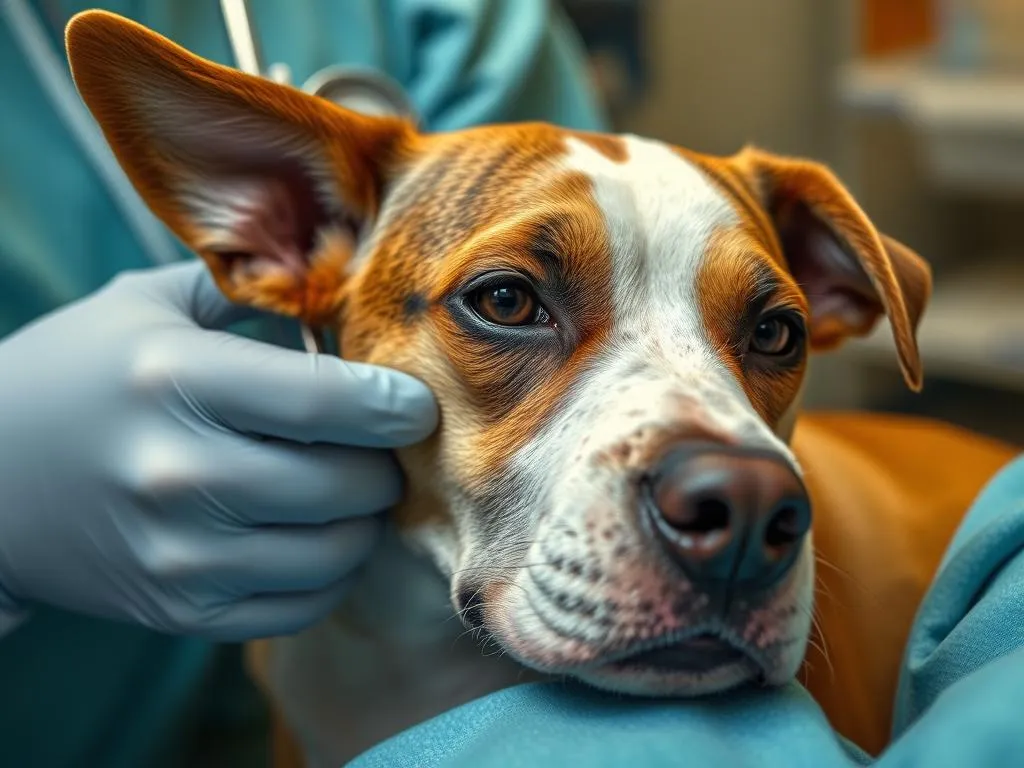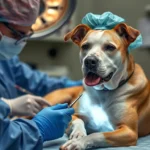
Introduction
Taking care of a dog involves more than just feeding and walking; it encompasses a holistic approach to their health and well-being. One crucial aspect of dog health care is responsible reproductive management, which often leads pet owners to consider spaying. Spaying is a surgical procedure that can significantly benefit both the dog and the community by preventing unwanted litters and reducing the risk of certain health issues.
In this article, we will delve into the recovery time after spaying, helping you understand what to expect and how to care for your dog during this critical phase.
Understanding Spaying
What is Spaying?
Spaying is a surgical procedure that involves the removal of a female dog’s reproductive organs, specifically the ovaries and usually the uterus. This is a routine procedure performed by veterinarians and is designed to prevent the dog from becoming pregnant. It’s important to note that spaying differs from neutering, which is a term used for male dogs undergoing the removal of their testicles.
Benefits of Spaying
The benefits of spaying extend beyond preventing unwanted puppies. Here are some key advantages:
-
Health Benefits: Spaying significantly reduces the risk of certain cancers, including ovarian and uterine cancer. It can also help prevent pyometra, a life-threatening infection of the uterus.
-
Behavioral Benefits: Spayed dogs often exhibit fewer behavioral issues, including reduced aggression and roaming tendencies. This can lead to a calmer household environment.
-
Population Control: One of the most significant benefits of spaying is its role in controlling the dog population. By reducing the number of unwanted litters, spaying helps mitigate the problem of overpopulation in shelters.
The Spaying Procedure
Pre-Operative Preparations
Before your dog undergoes the spaying procedure, a thorough veterinary check-up is essential. This assessment helps determine your dog’s overall health and any potential risks associated with surgery. Additionally, your veterinarian may recommend fasting your dog for several hours before the procedure, ensuring that their stomach is empty for anesthesia.
The Surgical Process
The spaying procedure generally takes place under anesthesia, ensuring that your dog remains pain-free throughout the operation. The surgical process includes:
- Anesthesia Administration: Your dog will be given a sedative and then anesthesia to induce unconsciousness.
- Incision: The veterinarian will make a small incision in the abdomen to access the reproductive organs.
- Removal of Organs: The ovaries and uterus are carefully removed.
- Closure: The incision is closed with sutures, and your dog is monitored as they wake from anesthesia.
Veterinarians prioritize safety measures, such as monitoring vital signs during the procedure, to ensure your dog’s well-being throughout the surgery.
Recovery Process
Immediate Post-Operative Care
After the surgery, your dog will need careful monitoring. It’s crucial to keep them calm and comfortable as they recover from the anesthesia. In the first few hours post-surgery, you should observe your dog for any signs of complications, such as excessive swelling, bleeding, or unusual behavior.
How Long Does It Take Dogs to Recover from Being Spayed?
The question on many pet owners’ minds is, how long does it take dogs to recover from being spayed? Generally, the recovery time can vary based on several factors, but here are some key points:
-
Average Recovery Time: Most dogs will start to feel better within a few days post-surgery. However, complete recovery typically takes about 10 to 14 days. During this time, it’s vital to monitor your dog’s physical and behavioral changes closely.
-
Factors Influencing Recovery Time: The recovery duration can be influenced by several factors:
- Age: Younger dogs tend to heal faster than older dogs.
- Health Status: Dogs with pre-existing health conditions may require more time to recover.
- Breed: Some breeds may have specific health considerations that could impact recovery.
Home Care Tips for Recovery
To ensure a smooth recovery for your dog, here are some essential home care tips:
-
Keep Your Dog Calm: Limit activity and keep your dog in a quiet space to prevent jumping and running, which could disrupt the healing process.
-
Manage Pain: Your veterinarian may prescribe pain relief medications. Follow the dosage instructions carefully and monitor your dog for any adverse reactions.
-
Limit Exercise: Avoid strenuous activities, such as running or jumping, for at least two weeks post-surgery. Short, leashed walks are encouraged to help them stretch their legs without overexerting.
Common Concerns During Recovery
Signs of Complications
While most dogs recover without issues, it’s crucial to know what signs indicate potential complications. Watch for:
- Swelling or Redness: Excessive swelling or redness around the incision site could indicate an infection.
- Discharge: Any unusual discharge, particularly if it is pus-like or has a foul odor.
- Lethargy: While some lethargy is normal post-surgery, extreme lethargy may be a cause for concern.
If you notice any of these signs, contact your veterinarian immediately for guidance.
Dealing with Changes in Behavior
Following surgery, some dogs may exhibit changes in behavior. This can range from increased clinginess to temporary anxiety. To help your dog adjust:
- Provide Comfort: Create a cozy space with their favorite blankets and toys to help them feel secure.
- Maintain Routine: Stick to your dog’s usual feeding and bathroom schedule to provide a sense of normalcy.
- Gradual Return to Normalcy: As your dog heals, gradually reintroduce their regular activities, monitoring their response and comfort levels.
Long-Term Health After Spaying
Routine Vet Check-ups
Regular veterinary check-ups are crucial to ensure your dog’s ongoing health, especially after spaying. Routine assessments help monitor for any potential complications and allow for timely vaccinations and preventive care.
Maintaining a Healthy Lifestyle
Post-spaying, it’s essential to focus on maintaining a healthy lifestyle for your dog:
-
Nutrition and Diet: Ensure your dog receives a balanced diet tailored to their age, size, and activity level. Discuss with your veterinarian whether any dietary adjustments are needed post-surgery.
-
Exercise and Mental Stimulation: Engage your dog in regular, moderate exercise and mental activities to keep them healthy and prevent weight gain, which can be a concern for spayed dogs.
Conclusion
In summary, understanding how long it takes dogs to recover from being spayed is vital for any responsible pet owner. The recovery process generally lasts about 10 to 14 days, with variations based on factors like age, health, and breed. By providing appropriate post-operative care, monitoring for complications, and maintaining a healthy lifestyle, you can ensure your dog enjoys a long, happy life after spaying.
As a dog owner, it’s your responsibility to prioritize your pet’s health and well-being. Consulting your veterinarian for personalized advice and care tips will further support your dog’s journey towards recovery and overall health.









